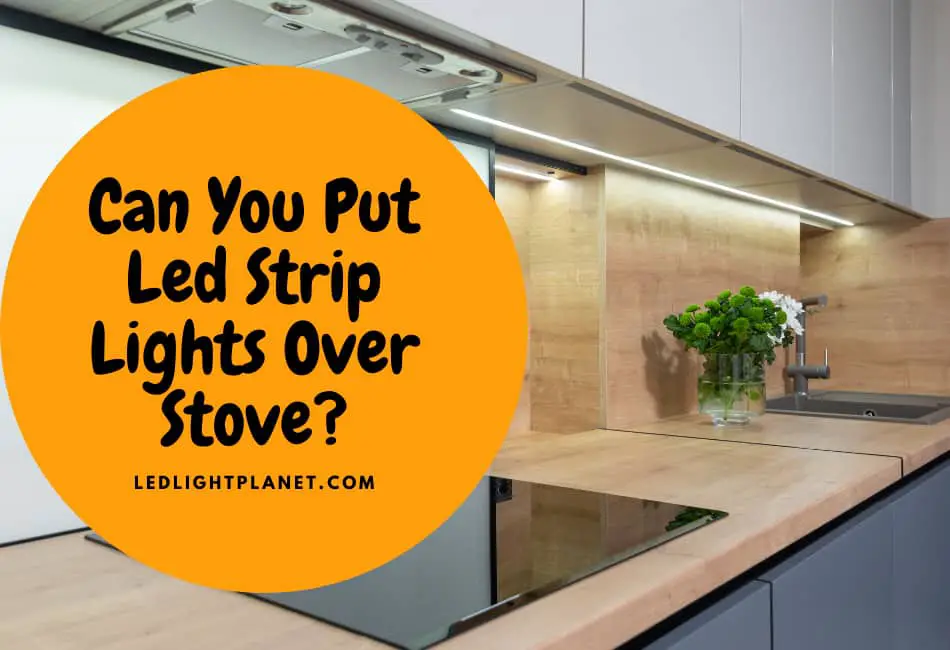When it comes to kitchen lighting, there are a lot of options to choose from. One popular option is led strip lights. But can you put led strip lights over the stove?
The answer is NO! – There are a lot of reasons you shouldn’t do this. In this article, we will discuss the downsides of using led strip lights over the stove and provide some tips for getting the most out of your lighting.
The main reason why you should never put led strip lights over your stove is that the heat from the stove can damage the strip lights over time. The heat can cause the lights to malfunction and eventually stop working.
There is a lot more to this topic and in the rest of this article, we will discuss the other reasons why you shouldn’t put led strip lights over your stove as well as some tips for getting the most out of your kitchen led strip lighting.
Reasons Why You Shouldn’t Put Led Strip Lights Over Your Stove
1. The Strip Lights Can Become Damaged
As I may have mentioned before, one of the reasons you shouldn’t put led strip lights over your stove is that the heat from the stove can damage the strip lights over time.
This is especially true if you have a gas stove. The heat from the flames can cause the plastic housing around the LEDs to warp and melt, which will eventually lead to the strip lights ceasing to work altogether.
Led strip lights are made to produce very minimal heat, and as such is not meant to withstand high temperatures for extended periods of time.
2. It Can Be a Fire Hazard
Another reason you shouldn’t put led strip lights over your stove is that it can be a fire hazard. While the LEDs themselves don’t produce much heat, exposure to prolonged heat can cause the wiring to overheat and potentially start a fire.
It’s always better to be safe than sorry, so I would recommend avoiding putting led strip lights over your stove altogether. A lot of the extractor fans on the market nowadays come with built-in LED lighting, so you can choose led strip light that can produce the same hue and brightness similar to what you would have on your overhead extractors.
So there’s really no need to take the risk of putting led strip lights over your stove when there are other, safer options available.
3. The Led Strip Lights Will Become Dim
Another downside to putting led strip lights over your stove is that the heat from the stove will cause the LEDs to dim over time.
This can be as a result of the heat damaging the internal components of the strip lights or simply because the heat causes the LEDs to produce less light.
It can also happen because steam can find its way into the strip lights and condense on the LEDs, which can also cause them to dim.
So if you’re looking for a bright and vibrant led strip light, you’re better off choosing one that’s not going to be placed over your stove.
4. Grease Build Up
Another problem you might encounter if you put led strip lights over your stove is that grease and other debris can build up on the strip lights over time.
This would come from all the delicious food you’re cooking on your stove, and it can be difficult to clean off led strip lights that are placed in hard-to-reach places.
You would end up damaging your led strip lights in your attempt to clean or remove the grease build-up, so it’s just not worth it in the end.
How Do You Put Light Over Your Stove?
So now that we’ve gone over some of the reasons why you shouldn’t put led strip lights over your stove, you might be wondering how you’re supposed to put light over your stove if not with led strip lights.
There are a few different options you can choose from, and the best option for you will depend on your specific needs and preferences. Here are a few you can consider;
Extractor Fan Lights
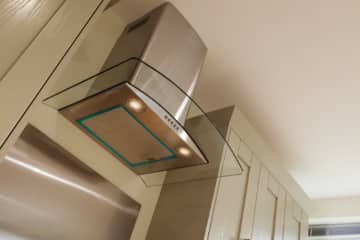
As I mentioned earlier, many extractor fans on the market nowadays come with built-in LED lighting. This is a great option if you’re looking to save on energy costs and brighten up your stove area at the same time.
Check if the bulbs that come with the extractor fan are led bulbs. If not, you can always purchase some separately and screw them in yourself. Be sure to get the right size, though, or you’ll end up with lights that do not work.
You also want to make sure to clean your extractor fan and change the filter regularly to keep it working properly.
The main disadvantage of using extractor fan lights is that they might not be as bright as you want them to be.
Recessed Kitchen Lighting
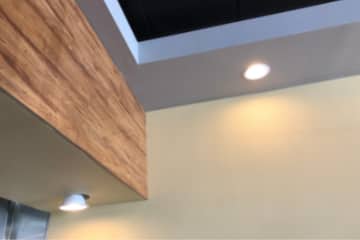
Another option for the kitchen lighting is recessed lighting. This type of light is installed into the ceiling and gives off a more ambient, diffuse light that will also help light up your stove tops.
If you choose this option, make sure to get bulbs that are dimmable. This way, you can control the brightness of the light depending on the time of day and what you’re doing in the kitchen.
Recessed lighting is a great option if you want to save on energy costs and create a more relaxing atmosphere in your kitchen. The main downside is that they can be more difficult to install than other types of lights.
Pendant Lights
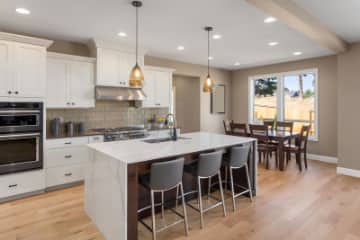
Pendant lights are a popular option for kitchen lighting. They can be hung from the ceiling or installed into a track system.
Pendant lights come in a variety of styles, so you can choose the perfect one to match your kitchen’s décor. Just make sure to get bulbs that are dimmable so you can control the light intensity.
My only concern with this option is that pendant lights can be a bit more expensive than other types of lights. But if you find the perfect one, it will definitely be worth the investment.
Track Lighting
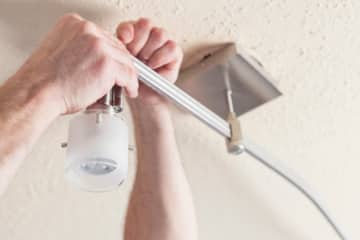
If you want more control and visibility over your stove tops or other particular spots of your kitchen, track lighting could be a good option for you.
Track lighting is a type of light that’s installed into the ceiling and comes with multiple heads that can be directed to different areas.
This is a great option if you want to be able to see what you’re cooking and have more control over the light in your kitchen. The only caveat is that track lighting can be a bit more difficult to install.
Each of these options has its own set of pros and cons, so be sure to weigh them all before making your final decision.
Tips for Getting the Most Out of Your Kitchen Led Strip Lighting
1. Install Them Under the Cabinets
One of the best places to install led strip lights in your kitchen is under the cabinets. This way, you can get a more diffused and ambient light that’s perfect for preparing meals.
Be sure to measure the space under your cabinets before you purchase your led strip lights. You want to make sure they’re not too long or too short.
Also, make sure to get a strip light that’s dimmable so you can control the light intensity.
2. Use Them as Accent Lights
Another great way to use led strip lights in your kitchen is to use them as accent lights. This means using them to highlight certain areas of your kitchen, such as the backsplash or a piece of art.
To do this, you’ll want to get a strip light that’s bright enough to make the area you’re accenting stand out. You also want to make sure it’s dimmable so you can control how bright the light is.
With a little bit of creativity, you can use led strip lights in your kitchen to create the perfect atmosphere for cooking and entertaining.
3. Get a Remote Control
One of the best things about led strip lights is that you can get a remote control to turn them on and off.
This is great if you don’t want to have to fumble around for a switch every time you want to use them.
Some strip lights even come with different light settings that you can control with the remote.
This is a great way to change up the atmosphere in your kitchen without having to buy new lights.
Installing led strip lights in your kitchen is a great way to improve the look and feel of the space.
With a little bit of planning, you can create the perfect atmosphere for cooking and entertaining.

